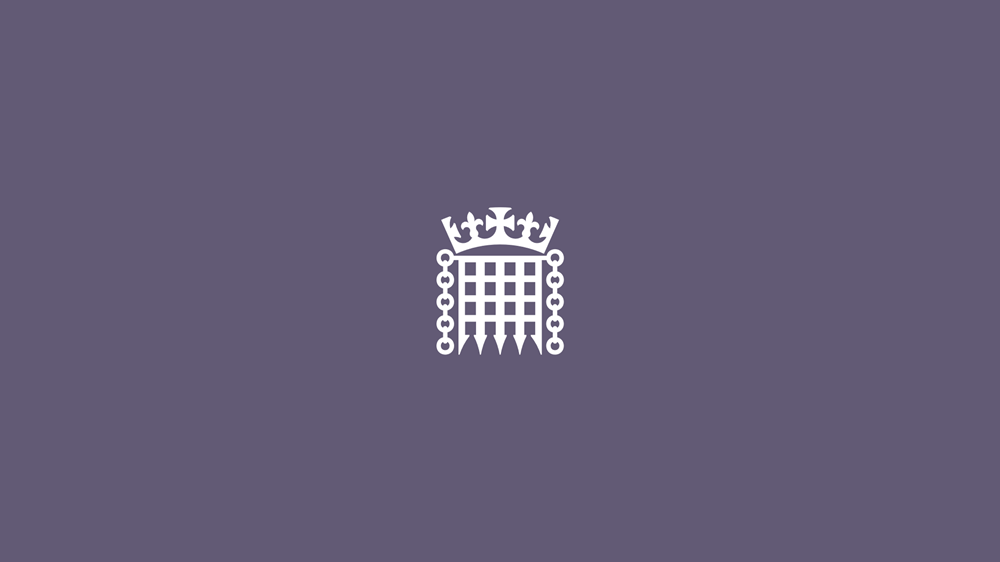Lords discusses tobacco packaging
17 March 2015
Members of the Lords discussed regulations around tobacco packaging on Monday 17 March 2015.
Members discussed the regulations, which propose the introduction of standardised packaging for tobacco products. They considered the benefits of introducing plain packaging, primarily reducing the appeal and attractiveness of tobacco packs, and improving the visibility of health warnings on packets.
A fatal motion was proposed to block the regulations, expressing concern about the effectiveness of standardised packaging, the timescales to introduce them, and whether they could lead to difficulty differentiating between legal and illegal packs. The fatal motion was debated and withdrawn, and the regulations were agreed.
Standardised Packaging of Tobacco Products Regulations 2015
These regulations relate to the retail packaging of hand rolling tobacco and the retail packaging and appearance of cigarettes, they will:
- require the use of specified standard colours for all external and internal packaging of cigarettes and hand rolling tobacco and would only permit specified text (such as the brand and variant name) in a standard typeface
- not affect other labelling requirements for tobacco products such as health warnings and fiscal marks or features such as authentication markings and security feature
- permit only specified shape or type of packets and set a minimum amount of tobacco or cigarettes in each individual packet
A fatal motion has been proposed to block these regulations, highlighting concern about the effectiveness of standardised packaging, the timescales to introduce them, and whether they could lead to difficulty differentiating between legal and illegal packs.
How do these draft instruments become law?
These regulations are presented as a Statutory Instrument (SI). An Act will often contain a broad framework and statutory instruments are used to provide the necessary detail that would be too complex to include in the Act itself. They are also easier to change than an Act – for example to upgrade the rate of payment each year or amend the necessary forms in the light of experience.
This instrument is subject to the affirmative procedure, that means it must be debated in both Houses before it can be made law. A vote can be taken on them if the House wishes but is not essential. The Commons have already approved the regulations
